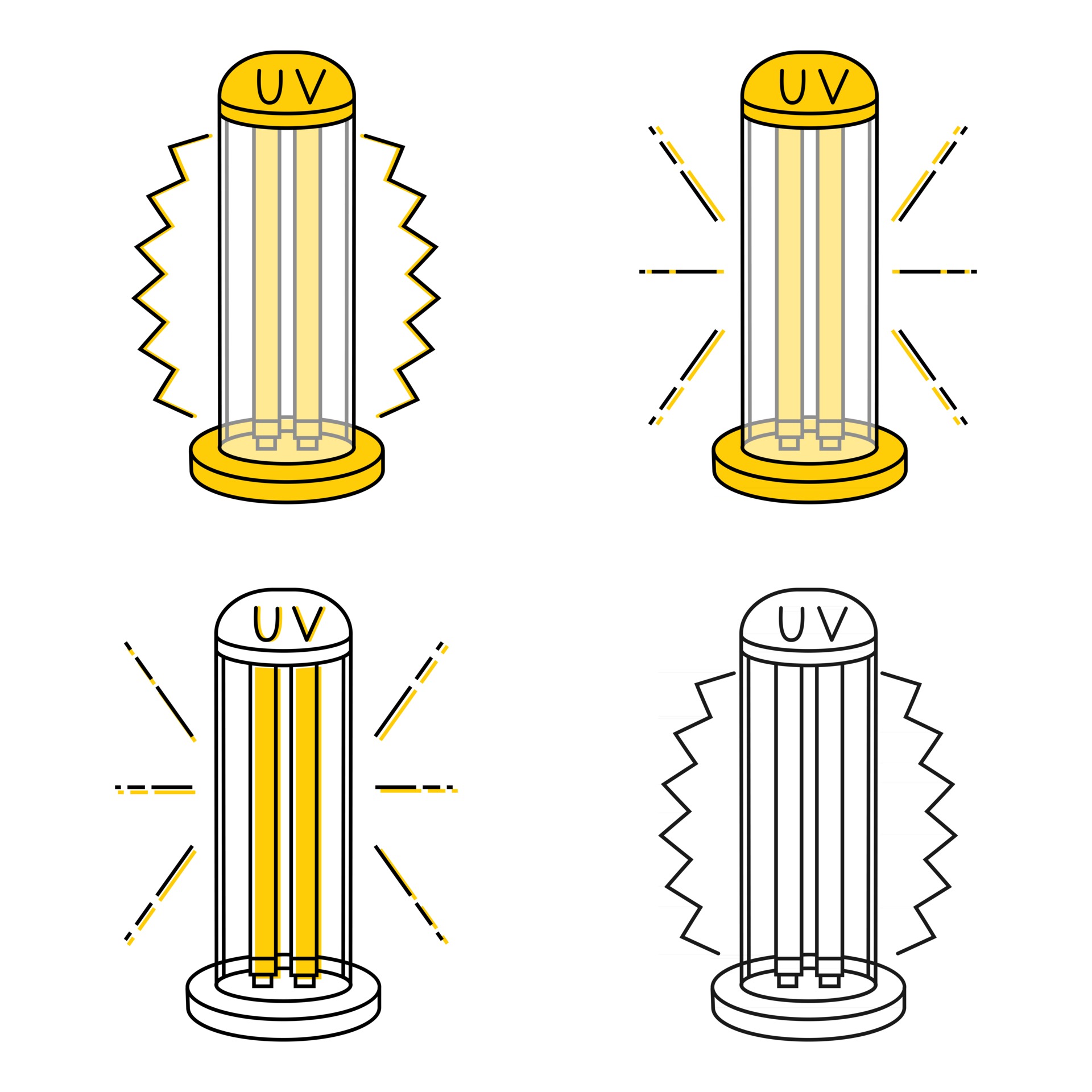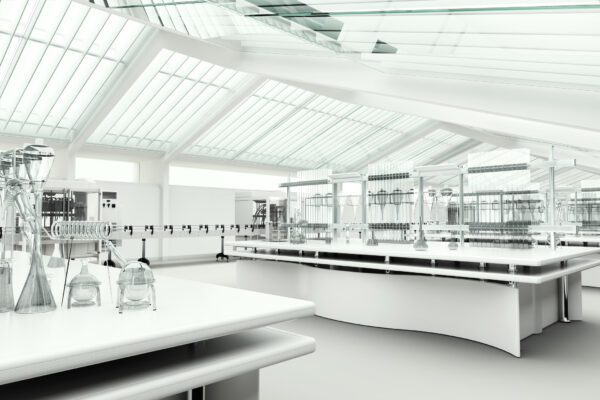Far-UVC UV Sanitizers: Enhancing Health Procedures with Accuracy and Performance
Wiki Article
Much UVC Light: A Game-Changer in the Battle Against Airborne Pathogens
In the ever-evolving fight against airborne virus, the appearance of much UVC light has sparked substantial passion and capacity. This innovative technology, using a details series of ultraviolet light, holds the guarantee of transforming just how we battle the spread of dangerous bacteria in different settings. Its special homes and potential applications have actually garnered focus from scientists, scientists, and public health and wellness professionals alike. What precisely is far UVC light, and how does it work? In this conversation, we will dive into the scientific research behind this game-changing technology, discover its advantages, and examine its future ramifications in the ongoing fight versus airborne microorganisms.The Scientific Research Behind Far UVC Light
The scientific principles underlying making use of Much UVC light as a potential option for combating air-borne virus are both elaborate and encouraging. Much UVC light refers to a certain variety of ultraviolet (UV) light wavelengths, commonly between 207 and 222 nanometers, which have actually been discovered to properly kill or inactivate microbes such as viruses and microorganisms. Unlike conventional UVC light, which has a much shorter wavelength and is understood for its germicidal properties yet can additionally hurt human skin and eyes, Far UVC light has actually been revealed to be risk-free for human direct exposure.The key system behind the effectiveness of Far UVC light lies in its capability to pass through and damage the genetic material of bacteria, including their DNA and RNA. When subjected to Far UVC light, the genetic product goes through a process called photodimerization, where surrounding bases in the DNA or RNA molecule bind with each other, preventing replication and making the microorganism incapable to reproduce or create infection.

How Much UVC Light Works
Far UVC light runs by using specific ultraviolet wavelengths to effectively counteract bacteria and prevent their duplication, making it an encouraging service for combating airborne virus. Unlike standard UVC light, which is harmful to human skin and eyes, much UVC light has much shorter wavelengths, typically in the variety of 207 to 222 nanometers (nm), that do not pass through the external layer of the skin or the tear layer of the eye. This makes it risk-free for constant human direct exposure, while still being dangerous to germs and viruses.The efficiency of much UVC light hinge on its ability to ruin the dna and pass through and RNA of bacteria. When exposed to far UVC light, the genetic material of these virus is damaged, rendering them not able to reproduce and contaminate cells. Additionally, studies have shown that much UVC light can properly inactivate airborne viruses, such as influenza, measles, and coronaviruses, including SARS-CoV-2, the virus in charge of COVID-19.
Additionally, much UVC light is likewise with the ability of disinfecting surface areas and things in an encased space. By installing much UVC lights or using portable much UVC light tools, it is feasible to constantly disinfect the air and surfaces, reducing the threat of airborne transmission of virus.
Advantages of Far UVC Light
Making use of much UVC light offers a variety of substantial benefits in combating airborne pathogens and guaranteeing a much safer atmosphere for continual human direct exposure. One of the vital benefits of much UVC light is its ability to efficiently reduce the effects of numerous kinds of dangerous bacteria, infections, and fungi without creating injury to humans. Unlike traditional UV light, which can be damaging to human skin and eyes, much UVC light site has a shorter wavelength that permits it to target and destroy virus while posing marginal risk to human wellness.
Moreover, far UVC light is much more secure for the atmosphere contrasted to standard disinfection methods. Chemical anti-bacterials often consist of damaging active ingredients that can have adverse effect on the setting. Much UVC light, on the various other hand, does not create any hazardous by-products or residues, making it an extra sustainable and environmentally friendly option.
Applications of Far UVC Light
Much UVC light has shown to be reliable in getting rid of air-borne microorganisms such as infections, germs, and fungis. Unlike conventional UV light, much UVC light is safe for human direct exposure, making it ideal for continual usage in public spaces such as colleges, hospitals, and workplaces.Another application of far UVC light remains in the health care sector. It can be used to sanitize medical facility spaces, running theaters, and medical tools, lowering the risk of healthcare-associated infections. In addition, far UVC light can be included right into heating and cooling systems to detoxify the air distributing in buildings, giving an included layer of security versus airborne virus.
Additionally, much UVC light can be utilized in the food market to stop foodborne ailments. It can be utilized to decontaminate food processing facilities, killing germs and various other microbes that might contaminate food items.
Future Implications of Far UVC Light
The prospective future applications of far UVC light are vast and hold assurance for different industries and fields. Facilities and healthcare facilities might utilize much UVC light to sanitize client rooms, operating cinemas, and waiting locations, minimizing the danger of healthcare-associated infections.Moreover, making use of far UVC light in public spaces such as flight terminals, train stations, and purchasing malls might aid regulate the spread of air-borne microorganisms. By constantly disinfecting these locations, the threat of transmission might be substantially minimized, giving a safer environment for individuals.
An additional possible application of much UVC light remains in the food market. Much UVC light might be utilized to disinfect food preparation surfaces, packaging read the full info here materials, and storage space areas. This could assist protect against the contamination of food and lower the occurrence of foodborne diseases.
In addition, much UVC light can be utilized in heating and cooling systems to sanitize the air flowing in structures. This can be especially beneficial in congested rooms such as theaters, institutions, and offices, where the threat of air-borne transmission is higher.
Final Thought
In verdict, far UVC light has emerged as a game-changer in the fight versus air-borne virus. Its unique homes and capability to securely eliminate infections and microorganisms make it an encouraging remedy for different applications. From public rooms to health care settings, far UVC light deals numerous advantages in minimizing the transmission of conditions. With more research and development, its widespread implementation could have substantial effects for the future of infection control.
Much UVC light refers to a specific array of ultraviolet (UV) light wavelengths, generally between 207 and 222 nanometers, which have additional reading actually been located to successfully kill or inactivate microbes such as microorganisms and infections. far-uvc. Unlike standard UVC light, which has a much shorter wavelength and is understood for its germicidal properties yet can likewise hurt human skin and eyes, Far UVC light has actually been shown to be safe for human direct exposure
Unlike traditional UVC light, which is damaging to human skin and eyes, far UVC light has much shorter wavelengths, normally in the range of 207 to 222 nanometers (nm), that do not penetrate the external layer of the skin or the tear layer of the eye. Unlike conventional UV light, which can be unsafe to human skin and eyes, much UVC light has a shorter wavelength that permits it to target and ruin pathogens while posturing very little threat to human health and wellness.
Unlike conventional UV light, much UVC light is safe for human direct exposure, making it suitable for continual use in public rooms such as offices, health centers, and schools.
Report this wiki page